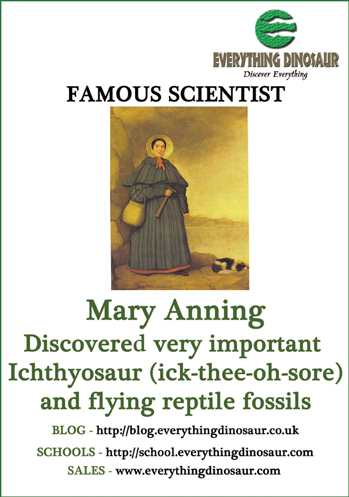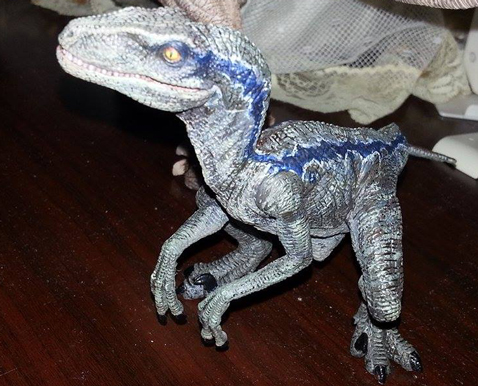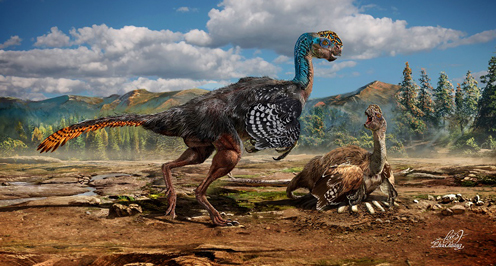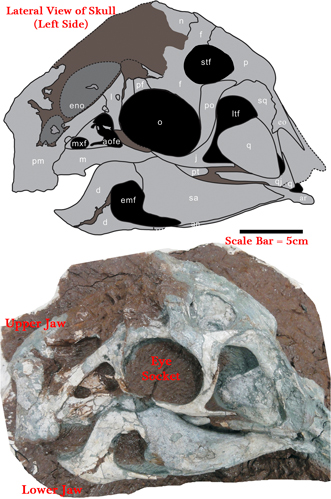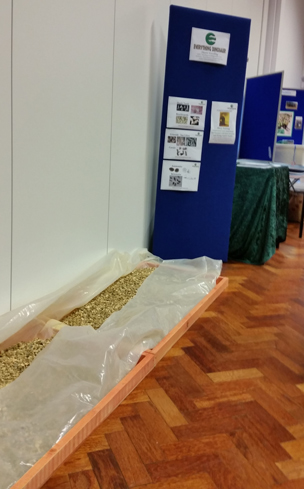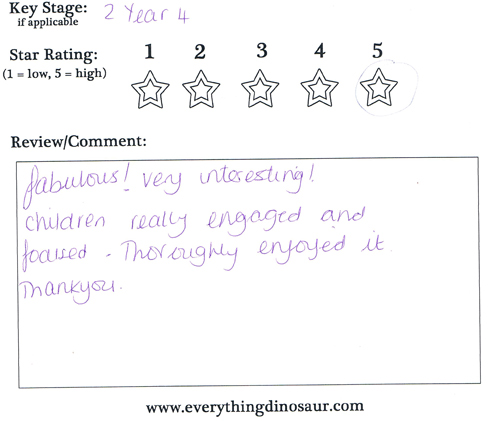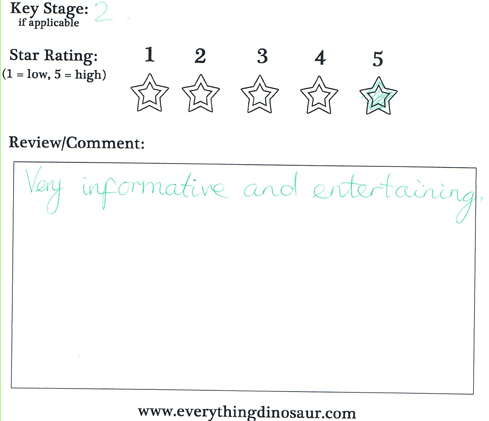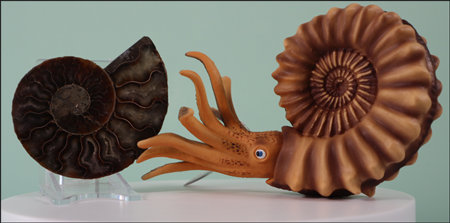“Cooper” Australia’s Biggest Dinosaur Awaits Scientific Description
The largest dinosaur discovered to date in Australia is set to go on public display for the first time with the opening of the Eromanga Natural History Museum (Eromanga, south-western Queensland). The fossilised bones, part of a treasure trove of Cretaceous dinosaur fossils, were found back in 2007, but it has taken years of careful, painstaking research to reveal details of this enormous plant-eating dinosaur, a creature that exceeded thirty metres in length. The huge dinosaur, a titanosaur which has been nicknamed “Cooper” will go on display when the museum opens in a few months time.
Australia’s Largest Dinosaur
An Illustration of the Giant Titanosaur
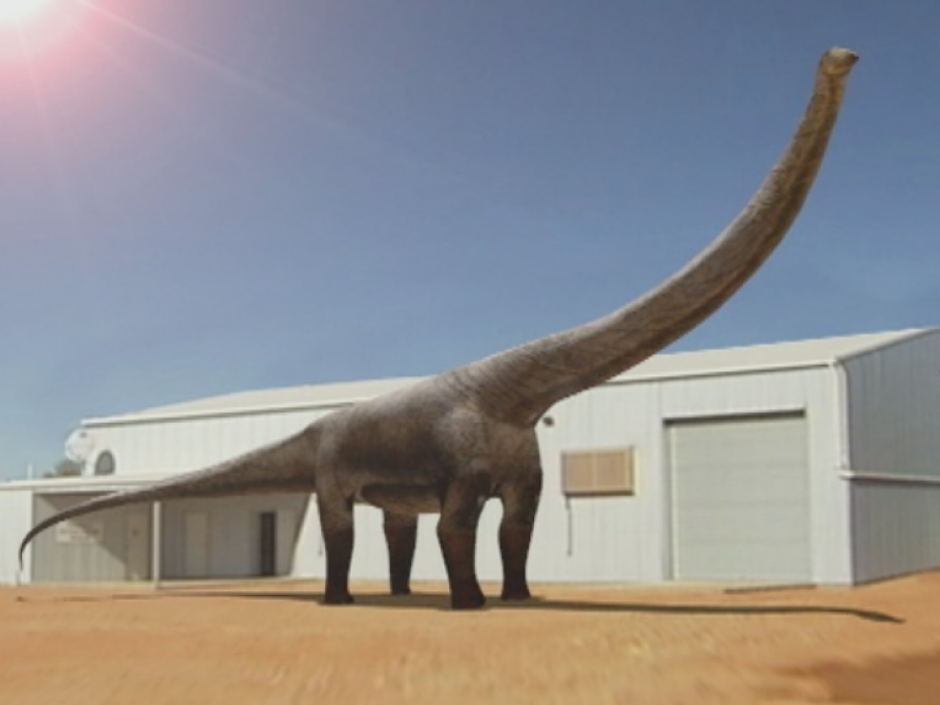
Australia’s giants.
Picture credit: ABC News/David McSween
Excavating Fossils in Queensland
This part of Queensland has been suffering from severe drought, it is hoped that the dinosaur themed museum will bring in much needed tourist revenue to the town. At the moment a number of dig sites in Queensland are being excavated, this is the “digging season” Down Under, the slightly cooler weather permits such excavations to take place as scientists and local volunteers strive to uncover Australia’s rich dinosaur fossil heritage.
To read more about current excavations in the Queensland area: Annual Queensland Dig Yields Dinosaur Fossils.
Everything Dinosaur team members did predict that 2015 was going to be an important year for dinosaur discoveries in this part of the world, in fact, we made it one of our New Year predictions, to read more about our predictions for breaking news stories in 2015:
Everything Dinosaur’s 2015 predictions: Our 2015 Palaeontology Predictions.
Commenting on the importance of regional museums, Dr Scott Hocknull (Queensland Museum) stated:
“The opportunity for this small town to actually become a point of real national pride, there’s a great opportunity that we can’t miss.”
Titanosaurs
Titanosaurs are sauropods. The Titanosauria consists of about four dozen genera and they seem to have replaced the diplodocids and the brachiosaurids that thrived during the Late Jurassic. Titanosaur fossils have been found on all the continents, including Antarctica, but they seem to have been most successful and diverse in the Southern Hemisphere. Some titanosaurs are amongst the largest terrestrial vertebrates known. Dr Hocknull and his colleagues are currently working on the scientific paper which will describe and formally name “Cooper”.
This Australian dinosaur, whose fossils were found on a remote sheep station, will be amongst the largest titanosaurs so far described. Bodyweight estimates suggest that “Cooper” weighed about as much as ninety Merino rams, that’s around 40,000 kilogrammes (a lot of sheep)!
A Scale Drawing Illustration of Australia’ Biggest Dinosaur Known to Date (2015)
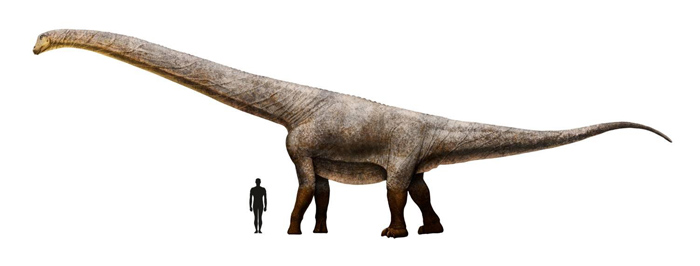
Scale drawing of “Cooper”.
Picture credit: Dr Scott Hocknull
More Dinosaur Discoveries Likely
Several other dinosaur specimens have been found in and around the Eromanga basin area since this location was first identified as a “hot spot” for Southern Hemisphere Cretaceous dinosaurs back in 2004. Soon after the first large dinosaur fossils were found, plans were put forward to build a local dinosaur museum (Eromanga Natural History Museum), after ten years and a great deal of fund raising from the locals, the museum is nearly ready to open its doors.
The Enormous Pelvis of “Cooper” will be on Display
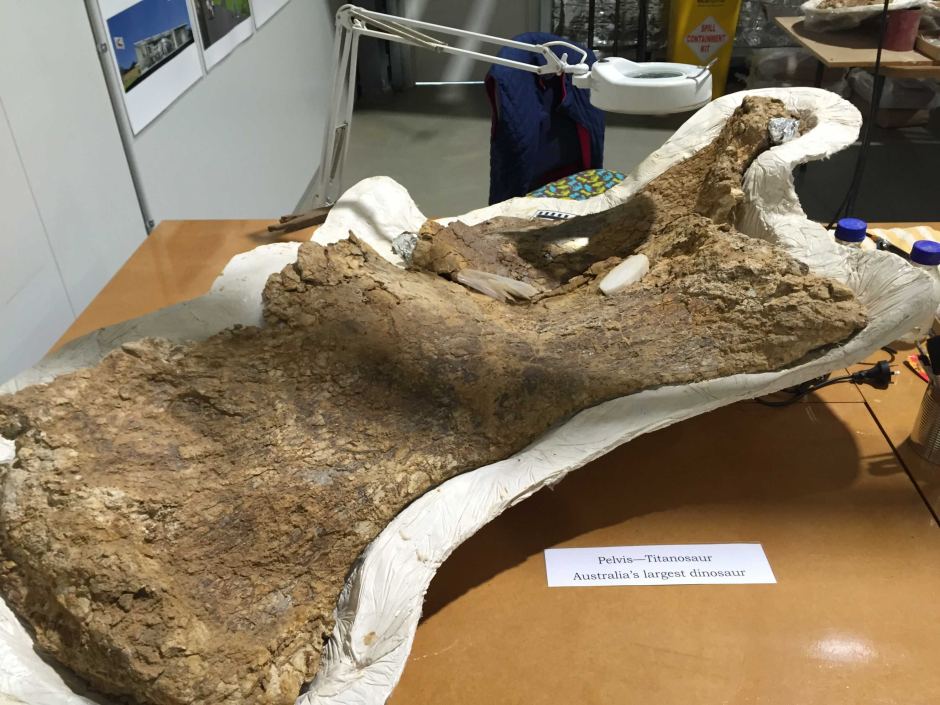
Giant Aussie dinosaur bones.
Picture credit: ABC News/Josh Bavas
“Cooper” may not hold the title of “Australia’s biggest dinosaur” for long. Over the last few years a number of titanosaurid specimens have been discovered, the majority have been given nicknames such as “Zac”, “Tom”, “George” and “Sid”. “George,” may be bigger still, but it too has yet to be formally described.
The Giant Femur (Thigh Bone) of “Cooper”

Giant limb bone of Australian titanosaur.
Picture credit: ABC News/Josh Bavas
Huge Femur
The 1.9 metre long femur (thigh bone) can be seen in the foreground. Like the pelvis pictured earlier, it is still partially in its protective plaster jacket. The distal end (articulating with the lower leg bones, is towards the left of the photograph). The picture is not too clear but the second femur might be just behind.
Palaeontologists think that both Cooper and Sid (titanosaurs) became trapped in mud and subsequently died. The fossils also show evidence of trampling from other titanosaurs. As the bones lay on the ground, other titanosaurs walked over them. This is not the first time that such incidents have been preserved in the fossil record. In addition, field workers found a preserved tree branch stuck in the femur, the bones of these dinosaurs were so massive that they formed “log jams” in rivers trapping other material and debris.
Planning to Make Three-dimensional Models
Dr Hocknull explained that cutting edge technology such as photogrammetry to make three-dimensional models coupled with CT scans are changing the way palaeontologists work.
He stated:
“All this is completely revolutionising the way we even do our science. Instead of just taking a happy snap of the actual bone we can recreate the bone in three-dimensions and that gives us more data than we can ever poke a stick at.”
Everything Dinosaur team members would not advise poking sticks at dinosaur bones, no matter how big the fossils might be. However, we look forward to the grand opening of the Eromanga Natural History Museum as well as learning more about Australia’s ancient and most impressive mega-fauna.
For models and replicas of titanosaurs and other dinosaurs: CollectA Deluxe Prehistoric Life Models.
Note: A revision of the Winton Formation sauropods published in April 2024 has cost doubt on the validity of this taxon.







